On the third and top floor of Palazzo Grassi, the central hall houses a selection of about 350 specimens from the Historical Collection of Trieste and Rovinj, a collection of valuable Adriatic marine animals with an adventurous history. Fish, sharks, rays, mollusks, sponges, echinoderms, crustaceans and many other animals, collected exclusively in the Adriatic between the late 19th century and World War II, are displayed inside six circular showcases. The animals, perfectly preserved in alcohol solution, are inside precious glass containers, many of them of German origin and dating back to the time when the first specimens were collected. Thus, in this room the visitor can admire the great variety of organisms that have populated and populate the Adriatic Sea: a close look at their shape, shells, and appendages will serve to get closer to the type of life each animal leads. The exhibition panels that flank the showcases, in addition to introducing life in the sea and its inhabitants, present the great Chioggia naturalists of the past, the history of the collection, and the research that has been carried out at the Hydrobiological Station of Chioggia since its founding in 1941 by Umberto D’Ancona.
The Collection room
Explore more
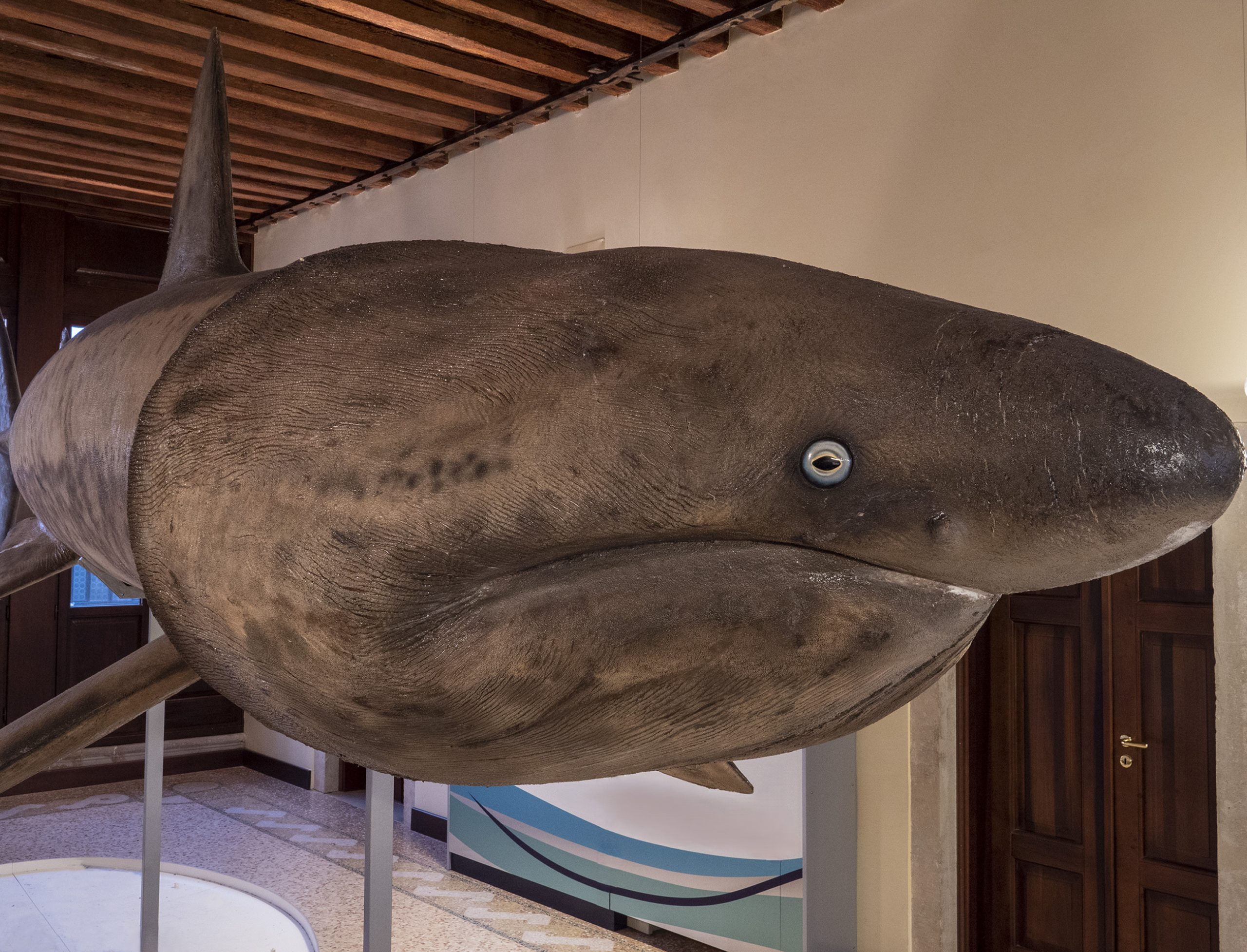
The shark room
Meet Olivia, the basking shark.
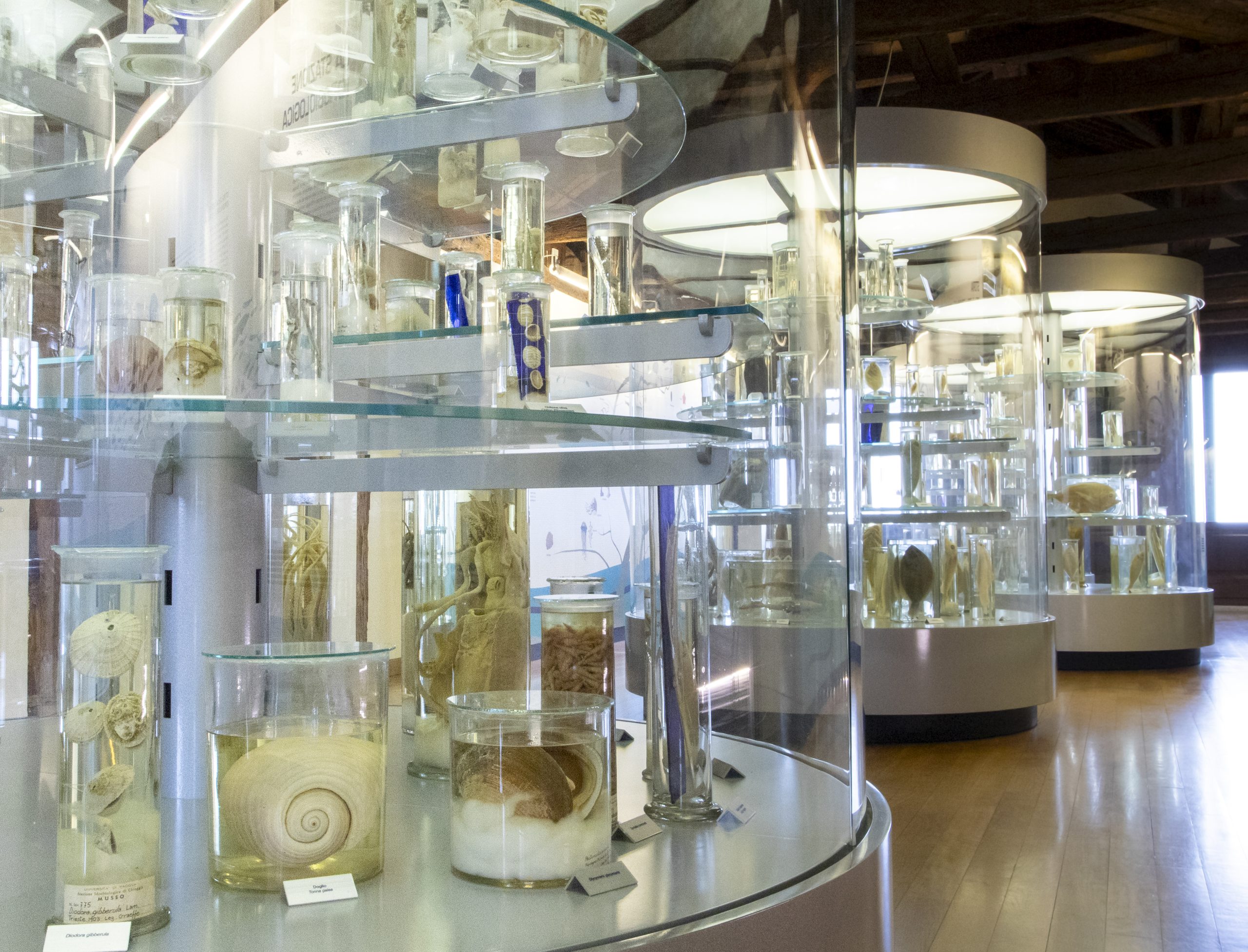
The Collection room
Discover the museum's landmark room and the Trieste and Rovinj Collection.
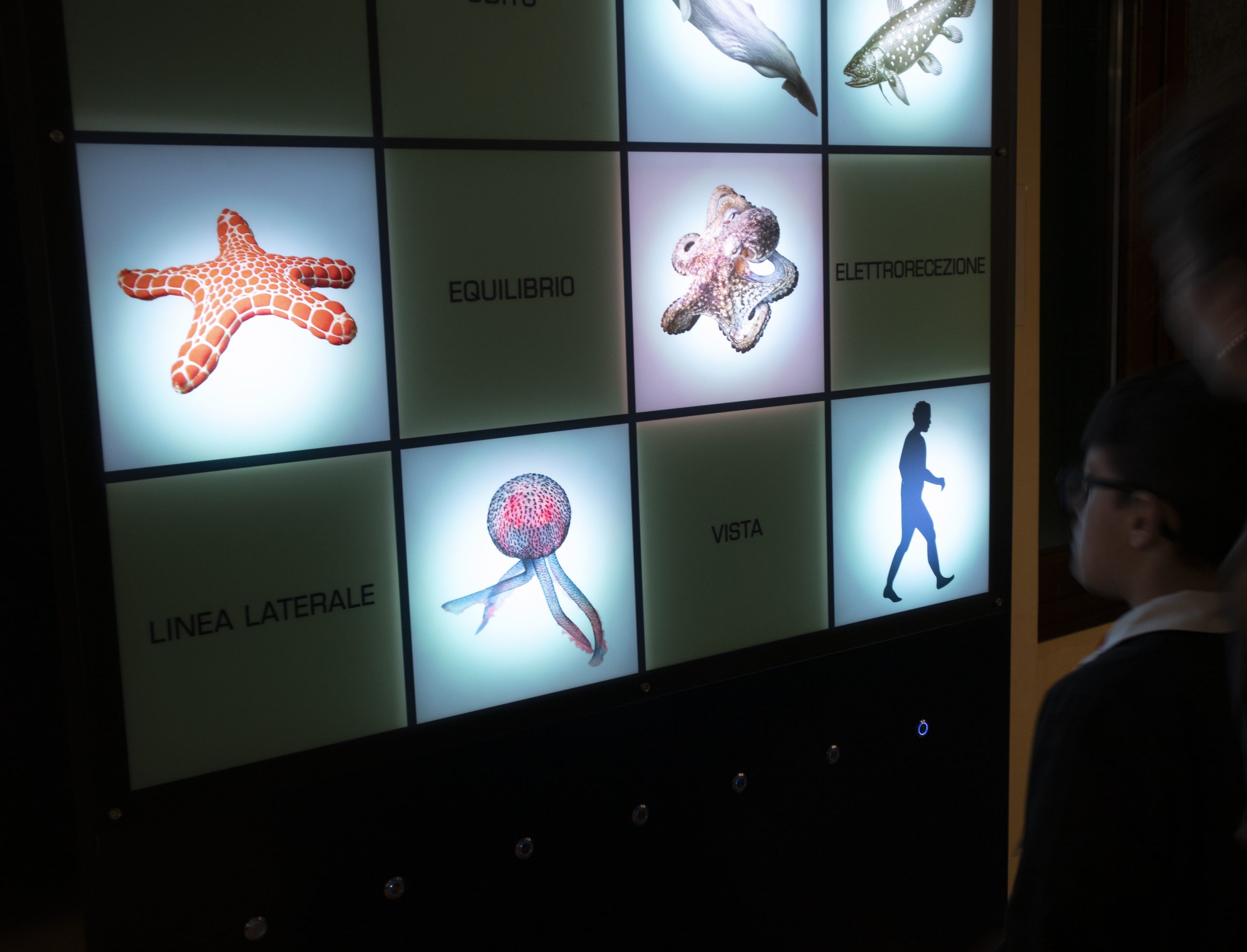
The room of Senses
How do you sense light, sounds and smells underwater? Learn this and more in the Marine Animal Senses Room.
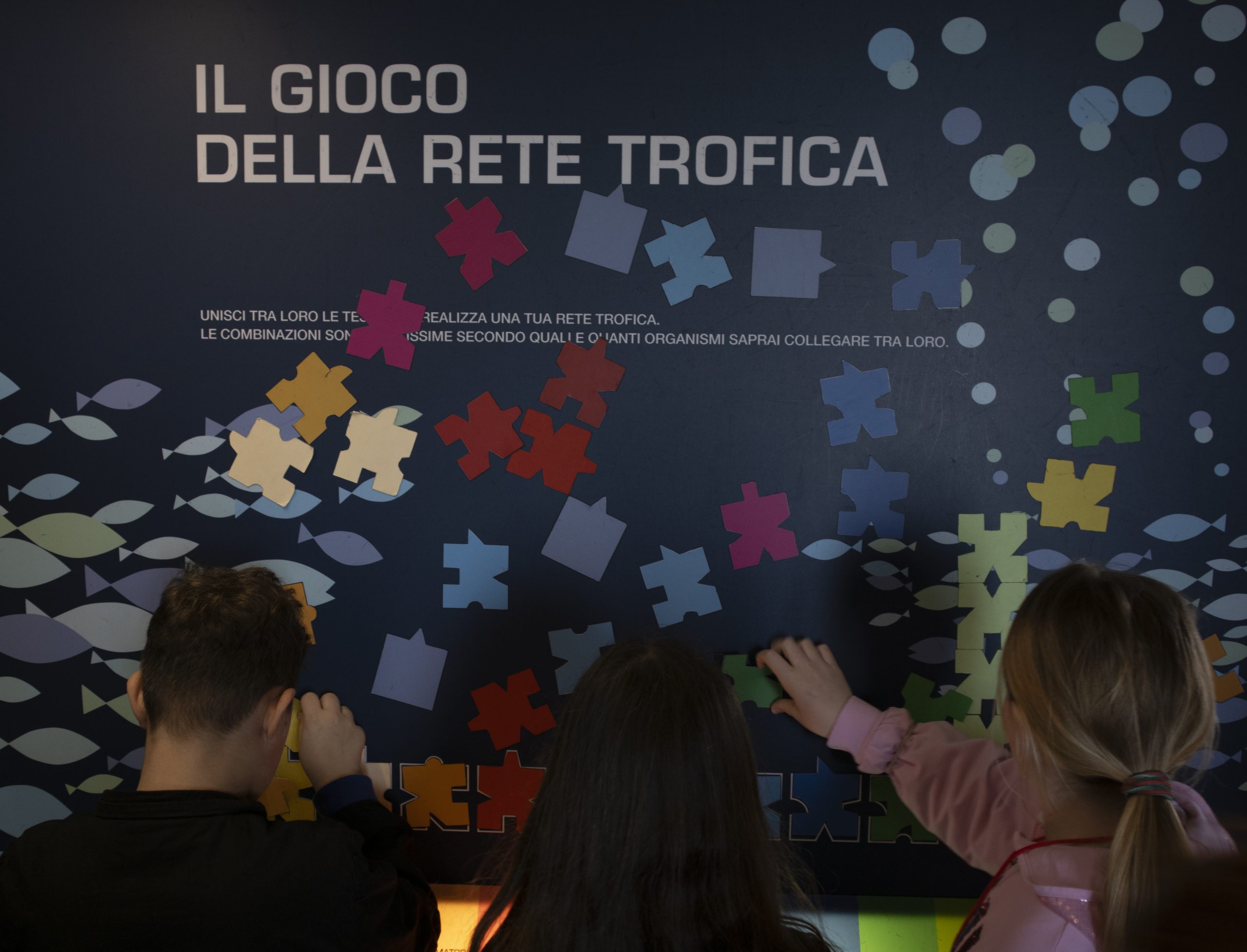
The room of the Trophic Network
How and what do marine organisms eat? What food relationships are formed among different animals and plants? What is a trophic network? Find out in the Trophic Network Room.
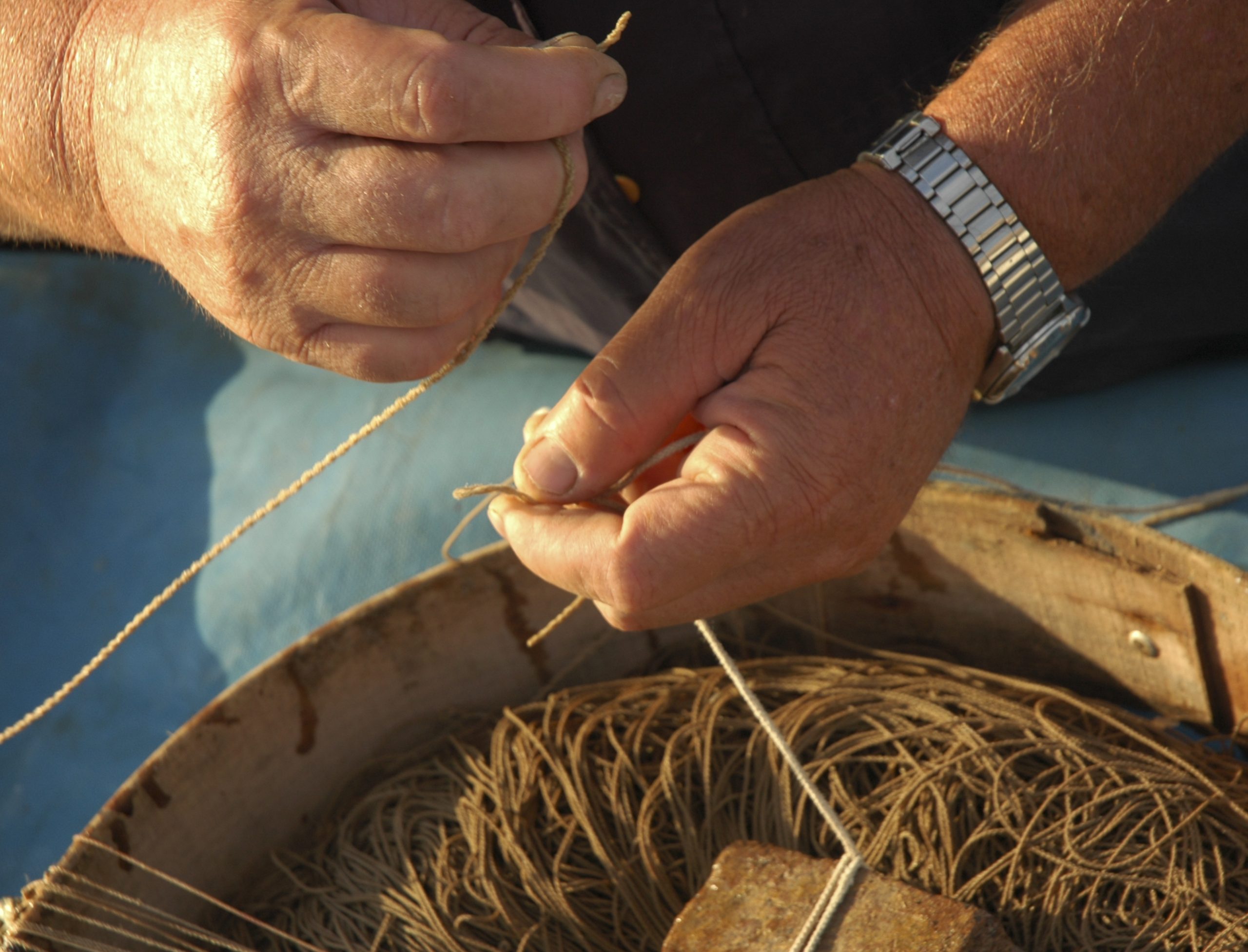
The room of Fishing traditions
The relationship between man and the sea: evidence from the past and future prospects compared.
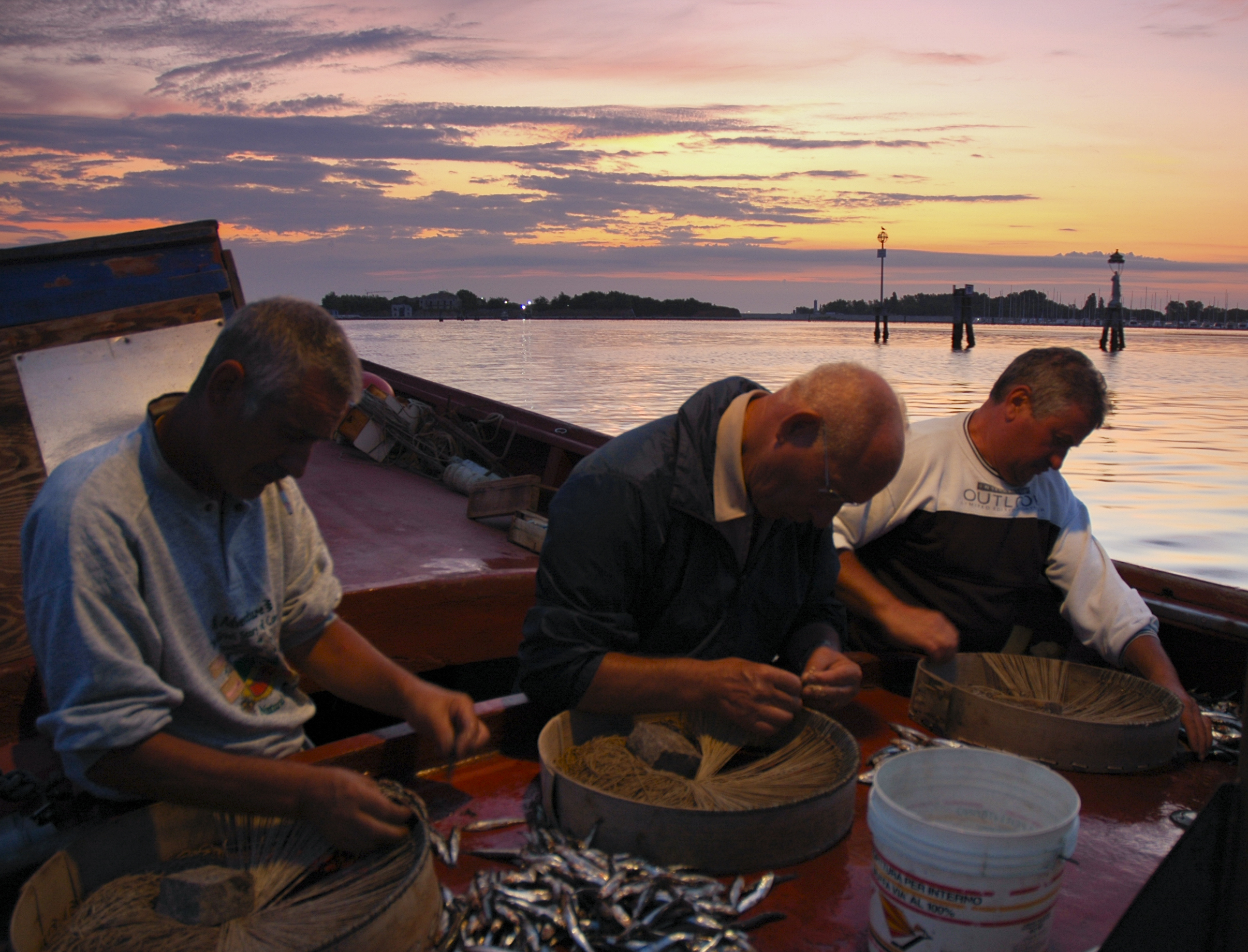
The immersive room
Get on board with Chioggia fishermen and learn about fishing techniques.
